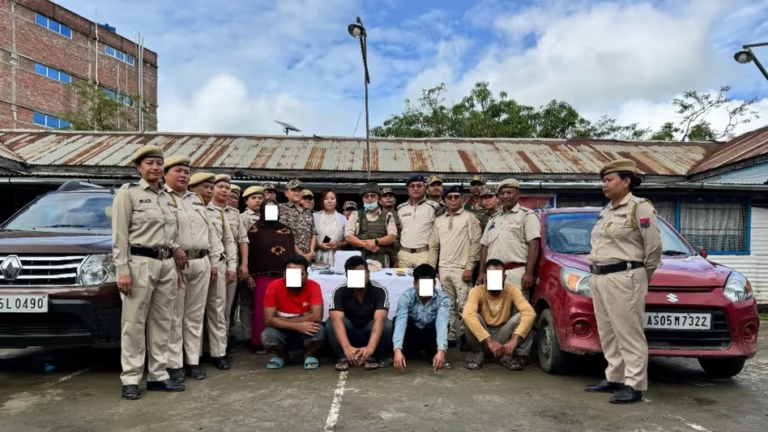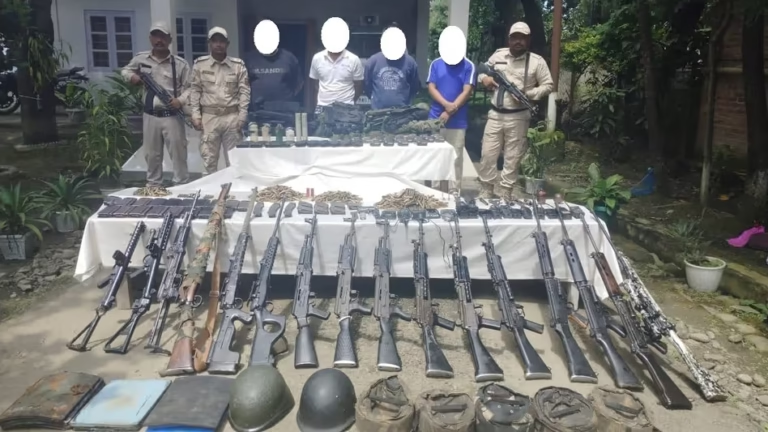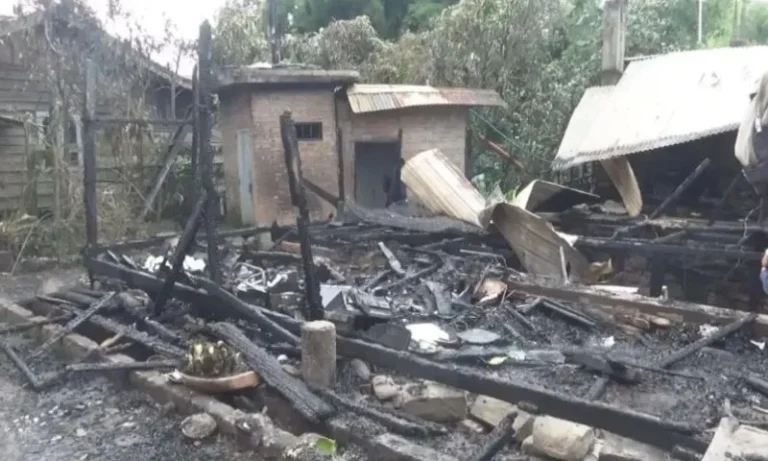Manipur CM N. Biren Singh Launches Economic Revival Mission Post-Ethnic Violence
Summary of the News
After enduring months of ethnic violence that disrupted the socio-economic fabric of Manipur, Chief Minister N. Biren Singh has launched a robust economic revival mission. This initiative aims to restore normalcy, rebuild infrastructure, and reignite the state’s economic engine. By focusing on inclusive growth, employment generation, and community engagement, the mission seeks to heal the wounds of the past and foster a harmonious future.
Manipur’s Economic Revival Mission: Rebuilding After Turmoil
Introduction: Picking Up the Pieces
Imagine a storm sweeping through a serene village, leaving destruction in its wake. That’s what the ethnic violence in Manipur felt like—tearing apart communities, stalling businesses, and disrupting lives. In the aftermath, the state is taking bold strides toward recovery. The Economic Revival Mission launched by CM N. Biren Singh stands as a beacon of hope, aiming to address the economic and social challenges that have plagued Manipur.
Let’s dive deeper into what this mission entails and why it’s pivotal for the state’s future.
The Context: Ethnic Violence and Its Impact
Manipur, known for its cultural diversity and scenic beauty, faced months of ethnic strife that affected almost every aspect of life. From disrupted trade routes to damaged infrastructure, the violence had far-reaching implications:
- Economic Stagnation: Businesses shut down, markets collapsed, and livelihoods were lost.
- Social Displacement: Families were uprooted, and the trust between communities eroded.
- Infrastructural Damage: Public and private property suffered extensive damage, setting back development by years.
Against this backdrop, rebuilding the state isn’t just an option; it’s a necessity.
The Economic Revival Mission: A Vision for Manipur
CM N. Biren Singh’s Economic Revival Mission is a comprehensive initiative designed to address these challenges. Here’s what the mission focuses on:
- Rebuilding Infrastructure
Infrastructure is the backbone of any economy. The mission prioritizes repairing roads, bridges, and public facilities. This includes restoring essential services like water, electricity, and communication networks. - Boosting Local Businesses
Small and medium enterprises (SMEs) are the lifeblood of Manipur’s economy. The government is introducing incentives, subsidies, and financial aid to help these businesses get back on their feet. - Promoting Agriculture and Allied Sectors
Agriculture employs a significant portion of the population. By providing better irrigation, quality seeds, and modern tools, the mission aims to revitalize the sector. - Generating Employment
Unemployment soared during the violence, leaving many families struggling to make ends meet. The mission includes skill development programs and public works projects to create job opportunities. - Fostering Community Harmony
Economic revival cannot happen without social harmony. The mission emphasizes dialogue, reconciliation, and community engagement to rebuild trust and unity among different ethnic groups.
Why This Mission Matters
Why is the Economic Revival Mission such a big deal? Because it’s not just about numbers on a spreadsheet; it’s about rebuilding lives. Here’s why it’s significant:
- Restoring Normalcy: For many, life came to a standstill during the violence. This mission aims to restore a sense of normalcy.
- Encouraging Investment: A stable economy attracts investors, which can lead to long-term growth.
- Strengthening Social Bonds: By addressing economic disparities, the mission can help reduce the tensions that fueled the violence.
Challenges on the Road to Recovery
While the mission is ambitious, it’s not without challenges:
- Resource Constraints: Implementing such a comprehensive plan requires significant financial resources.
- Trust Deficit: Rebuilding trust among communities will take time and consistent effort.
- Sustained Political Will: Long-term commitment from the government is crucial for the mission’s success.
Success Stories: Inspiration from the Ground
Amidst the challenges, there are glimmers of hope. Take, for example, a small village where locals came together to rebuild their market with government support. Stories like these remind us that with collective effort, even the most daunting tasks are achievable.
How You Can Contribute
Rebuilding Manipur isn’t just the government’s responsibility; it’s a collective effort. Here’s how individuals and organizations can help:
- Volunteer: Join community initiatives to rebuild infrastructure or provide support to affected families.
- Donate: Contribute to NGOs or government programs focused on Manipur’s recovery.
- Promote Local Products: Support local businesses by choosing their products over imported ones.
Conclusion
The Economic Revival Mission is more than just a policy; it’s a lifeline for Manipur. By focusing on rebuilding infrastructure, boosting the economy, and fostering unity, the state is taking a bold step toward a brighter future. While challenges remain, the resilience of Manipur’s people offers hope. Together, government, communities, and individuals can turn this mission into a success story.
FAQs
- What is the primary goal of the Economic Revival Mission?
- The mission aims to restore Manipur’s economy, rebuild infrastructure, and promote social harmony after months of ethnic violence.
- How will the mission benefit local businesses?
- Local businesses will receive financial aid, subsidies, and incentives to recover and grow.
- What role does agriculture play in the mission?
- Agriculture is a key focus, with efforts to provide better irrigation, tools, and support for farmers.
- How can individuals contribute to the revival mission?
- Individuals can volunteer, donate to recovery programs, and support local businesses.
- What are the challenges faced by the Economic Revival Mission?
- The mission faces challenges like resource constraints, trust deficits, and the need for sustained political will.



